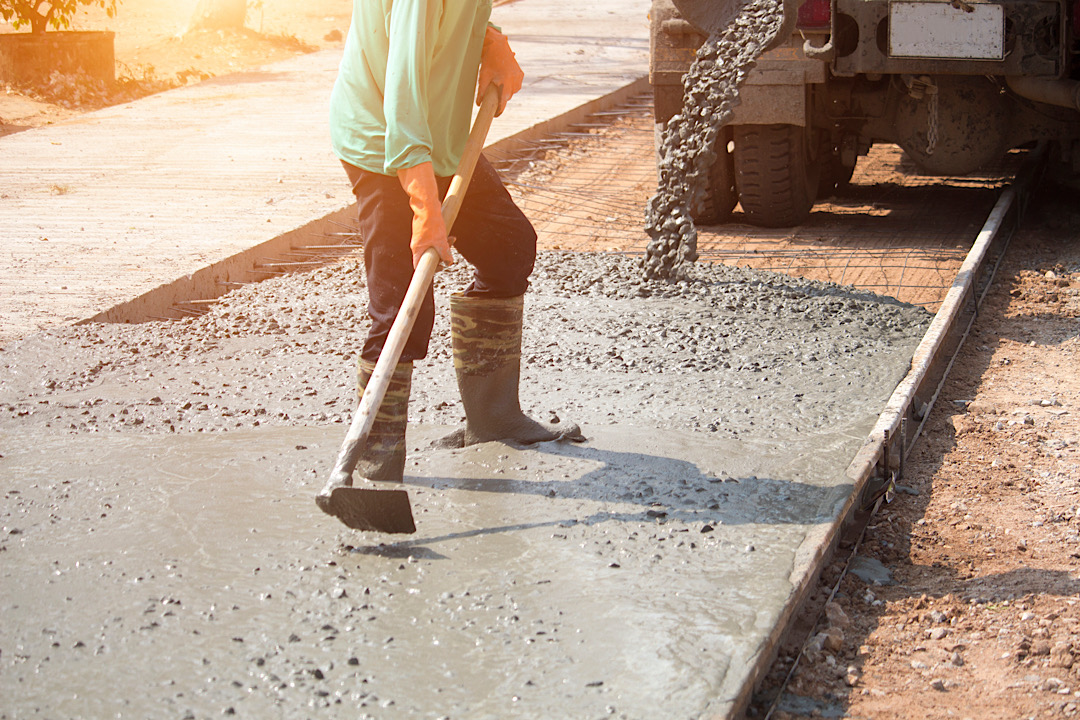
Concrete remains a cornerstone in construction due to its robustness and longevity. However, even the most meticulously laid concrete can eventually succumb to cracks, spalling, and other forms of deterioration. Addressing these issues promptly and effectively is vital to maintaining the structural integrity of buildings and infrastructure. This article delves into cost-effective strategies for long-lasting concrete and foundation repairs, offering practical insights into economical yet durable solutions.
Understanding Common Concrete Problems
Before exploring repair solutions, it’s essential to comprehend the common issues that affect concrete structures. Cracking can emerge due to various factors, including thermal expansion, shrinkage, and structural overload. Spalling involves the breaking away of concrete surfaces, often triggered by freeze-thaw cycles, corrosion of reinforcing steel, or poor installation. Surface scaling occurs when the top layer of concrete peels away, typically due to exposure to harsh weather conditions and deicing chemicals. Discoloration can result from improper curing, inconsistent materials, or chemical exposure, affecting appearance but not necessarily structural integrity.
Cost-Effective Concrete Repair Strategies
To ensure concrete repairs are both cost-effective and durable, consider the following strategies.
Preventative Maintenance
Preventative maintenance stands as the most economical strategy for extending the life of concrete structures. Regular inspections and minor repairs can avert minor issues from escalating into major problems. Sealing cracks early with epoxy or polyurethane sealants can prevent water infiltration and further deterioration, significantly extending the life of the concrete. Periodic application of waterproof sealants and protective coatings can protect concrete from moisture, chemicals, and weathering. Regularly cleaning concrete surfaces to remove debris, salts, and chemicals that can cause damage, and conducting inspections to identify early signs of wear and tear, are also effective measures.
Use of High-Quality Materials
Investing in high-quality repair materials may involve a higher initial cost but can save money in the long run by reducing the frequency and extent of repairs needed. Polyurethane foam injection is a cost-effective and durable solution for lifting and stabilizing sunken concrete slabs. This method involves injecting expanding foam under the slab, which fills voids and provides long-lasting support. Fiber-reinforced polymers (FRP) can be used to strengthen and repair damaged concrete. FRP wraps and sheets are lightweight, easy to apply, and offer excellent durability and resistance to corrosion.
Efficient Repair Techniques
Adopting efficient repair techniques can minimize labor costs and downtime, making the repair process more economical. Concrete resurfacing is a viable option for surfaces with minor damage, restoring appearance and functionality without the need for complete replacement. This involves applying a thin layer of new concrete over the existing surface. Slab jacking, also known as mud jacking, involves pumping a cement slurry beneath a sunken slab to lift it back into place. It is less expensive than replacing the slab entirely and provides immediate results.
DIY Repairs for Minor Issues
For minor concrete repairs, do-it-yourself (DIY) methods can be a cost-saving option. Homeowners can handle small cracks, chips, and surface imperfections with basic tools and materials available at most hardware stores.
Crack repair kits include all the necessary materials for sealing small cracks, such as epoxy or polyurethane fillers, applicators, and instructions. Patching compounds can be used to fill and smooth over imperfections in small holes and surface damage.
Long-Lasting Foundation Repairs
Foundation repairs can be more complex and costly, but implementing effective and long-lasting solutions can provide significant savings over time.
Soil Stabilization
Soil stabilization involves treating the ground around the foundation to prevent shifting and settling, which are common causes of foundation damage. Chemical stabilization involves mixing chemicals like lime, cement, and fly ash into the soil to improve its load-bearing capacity and reduce expansion and contraction. Geopolymer injection is a modern technique that involves injecting geopolymer resins into the soil to stabilize it and improve foundation support. Geopolymers are durable, eco-friendly, and can be applied with minimal disruption.
Piering and Underpinning
Piering and underpinning are methods used to stabilize and strengthen foundations, particularly for structures experiencing significant settlement. Helical piers are screw-like steel piers that are driven into the ground to provide deep support for the foundation. They are suitable for various soil conditions and can be installed with minimal disturbance. Push piers are hydraulically driven into the ground until they reach stable soil or bedrock, providing robust support and potentially lifting the foundation back to its original level.
Waterproofing
Waterproofing the foundation is essential to prevent water intrusion, which can lead to soil expansion and contraction, causing foundation movement. Applying a waterproof membrane to the exterior foundation walls can prevent water from seeping in and causing damage. Installing an interior drainage system with sump pumps can effectively manage water that enters the basement, keeping the foundation dry.
Cost-effective concrete and foundation repairs are achievable through a combination of preventative maintenance, the use of high-quality materials, efficient repair techniques, and appropriate DIY methods for minor issues. By addressing problems early and choosing durable solutions, homeowners and property managers can significantly extend the life of their concrete structures and foundations, ultimately saving money and ensuring safety. For those in need of more extensive repairs, consulting with professionals who specialize in advanced techniques such as soil stabilization, piercing, and waterproofing can provide long-lasting results and peace of mind.